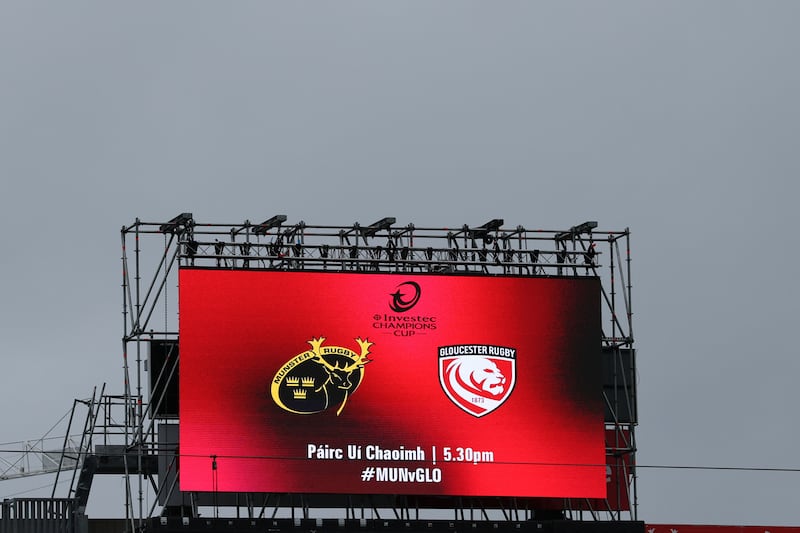An Irish rug designer based in New York is on a pioneering mission to rescue Irish wool, which is currently in crisis because of a collapse in prices.
"I want to salvage this precious resource which is incredibly hardy, durable and sustainable and turn it into heirloom carpets to give new life to a renewable and carbon-friendly fibre," says Claire McGovern, founder of Rhyme Studio, a multi-disciplinary interiors and design consultancy.
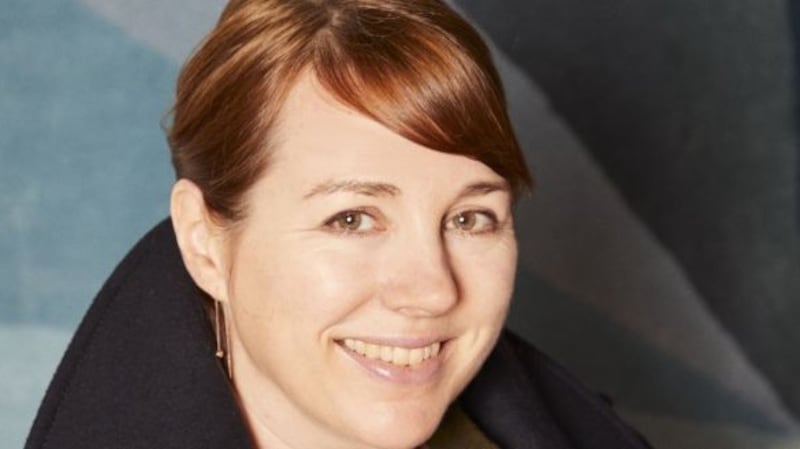
A veteran of the luxury design and art world, McGovern is a Trinity College Dublin graduate in French and philosophy and is from a creative background, being the daughter of the late architect, Sean McGovern, and the poet, Cecilia McGovern. She first established her career in San Francisco with an acclaimed gallery, creating works with major artists for the Burning Man festival in the Nevada desert among other projects, and incorporating her furniture and lighting design into interiors around San Francisco and Silicon Valley. She has designed residences, spas, restaurant and office interiors as well as curating art and design installations. In 2007 she moved to New York and began collaborating with Brooklyn-based lighting design manufacturers.
In 2019 she fulfilled a long-held objective to realise a rug and tapestry design collection made entirely by hand in rural Ireland to raise awareness of Irish heritage and craftsmanship. It began with a series of Irish wool and silk designs, called Insula, drawing from the seventh century Irish monastic artistic movement. A second, called Trinity, was based on triangular forms. Motifs used for her third, the Om Series, came from the ancient Irish Ogham alphabet, and are made from hand-dyed wool and the dark brown fleece of Irish zwartbles sheep.
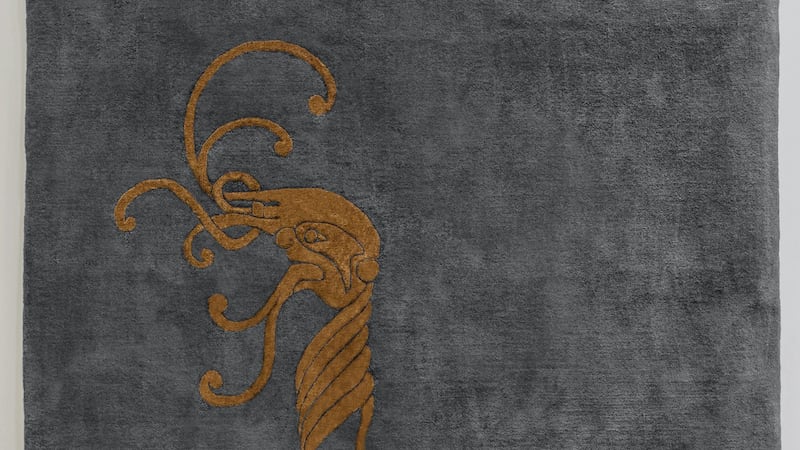
Sourcing
Wool for these rugs and tapestries is sourced from Galway sheep farms, processed by the 300-year-old Kerry Woollen Mills in Killarney, hand-dyed in Cushendale Mills in Kilkenny and tufted by hand to exact specifications at a private farmhouse studio in Wicklow. Two of her rug and tapestry designs are in the permanent collection at the private residence for the Irish Ambassador to the United Nations, Geraldine Byrne Nason, in New York.
Rhyme Studio's latest series, Modernity, draws from the legacy of 20th century modernists Kazimir Malevich and the Irish designer Eileen Gray. The influence of the geometric abstraction of Malevich and his arrangements of such elemental shapes as the rectangle, circle and straight line reverberated throughout the creative arts and influenced the work of Gray. It is reflected in the extreme simplicity of the rugs, free of inessential decorative elements.
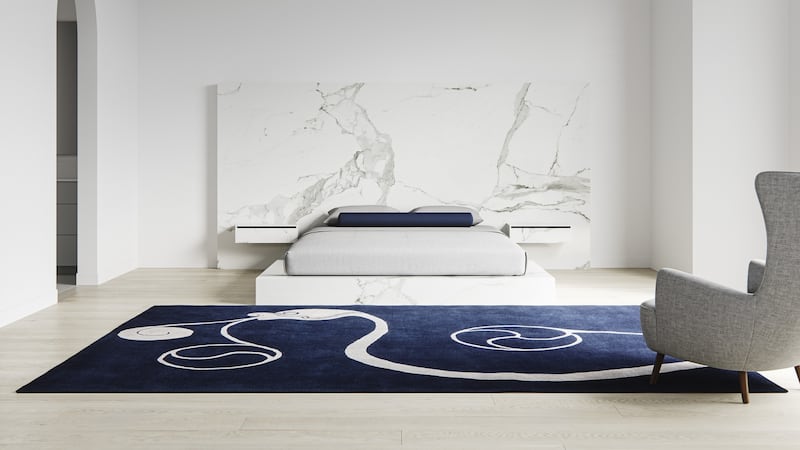
McGovern says “the floor is a canvas and rugs are very often overlooked in interior design”.
“They can anchor a room – our approach is from a more artistic standpoint as well as a surface for the floor. Irish wool has been overlooked by the fashion industry but is perfect underfoot or as a tapestry or wall hanging.”
Her goal is to reverse the decline and waste associated with the wool market and to highlight the environmental crisis facing the industry – she points out that in the US alone, an estimated 2.5 million tons of mostly synthetic, chemically toxic carpet is sent to landfill each year.
“So five per cent of all Rhyme Studio carpet sales in 2021 will be dedicated to the purchase of fleece from Irish sheep farmers and to my ongoing mission to promote a return to the use of renewable and biodegradable wool fibres,” she says. Prices range from €4,000-€20,000 for the rugs and tapestries and pieces can be made to customer requirements.
[ rhymestudio.comOpens in new window ]
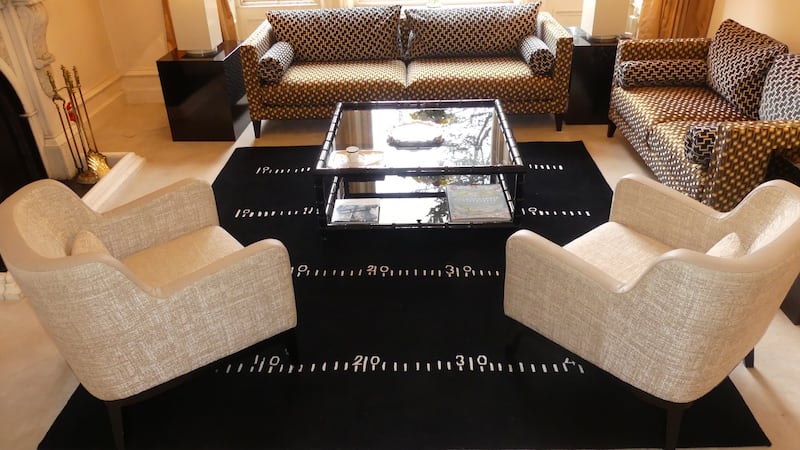
FRENCH GRAY
When the French embassy in Dublin was redecorated early last year, three carpets by Eileen Gray dating from the 1920s were installed in the main reception rooms. It came as a surprise to the interior decorator, Anne-Sophie Thebaut, of the French foreign ministry’s office of cultural heritage and decoration, that Gray was an Irish designer. It has been argued that Gray’s rug designs have gone unnoticed by historians because of the efforts textiles have faced to achieve the same recognition as other design fields.
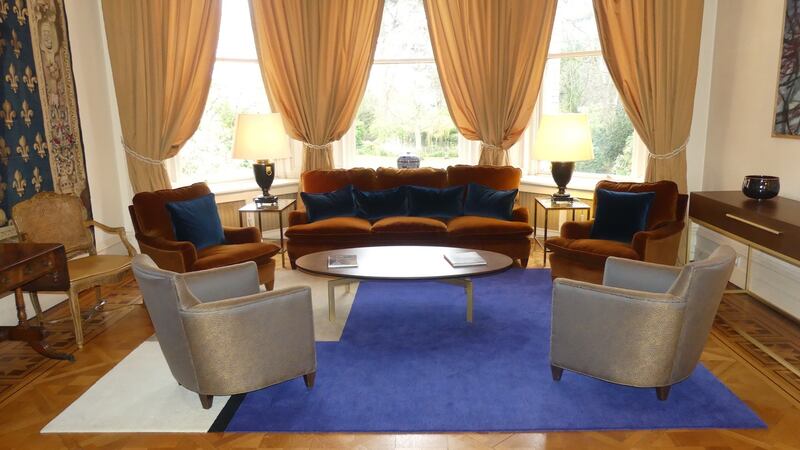
The rugs, one named Roquebrune in shades of blue, grey and white, composed of squares and rectangles, is called after the house, E1027, that Gray designed and built on the French Riviera. Black Board, black and white with numbers running from zero to forty, is more architectural in form and the third, a circular blue rug, La Ronde, in blue,grey and cream, were placed in room settings by the French company Les Heritiers. Last year the first major exhibition of Eileen Gray in the US, with pieces never seen before, ran at the Bard Graduate Center Gallery in New York from February through to July.














